Affiliate links on Android Authority may earn us a commission. Learn more.
Xiaomi Mi 8, Mi 8 SE, Mi Band 3 now official: So what are you getting for your cash?
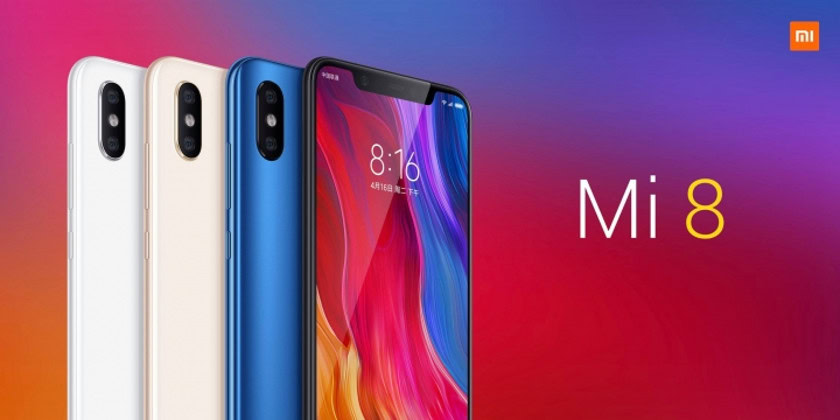
The Xiaomi Mi 8 launch event has kicked off in Shenzhen, China, set to give us a glimpse of the firm’s next flagship, the new MIUI 10 Android skin, and Mi Band 3 fitness tracker.
The Xiaomi Mi 8 took center stage at the event, yielding a design that was true to the rumors. And yes, that includes the dreaded notch. But much like Huawei and OnePlus, the company has included a setting to hide the feature.
Fortunately, that notch plays host to more than just an earpiece and camera, as Xiaomi has included facial recognition technology here too. The feature uses an infrared camera, mounted on the notch, to scan the face and unlock the phone. There’s no word on how it compares to iris scanning and Apple’s Face ID, but given that it’s not solely reliant on the front-facing camera, it could be a notable improvement on traditional face unlock.
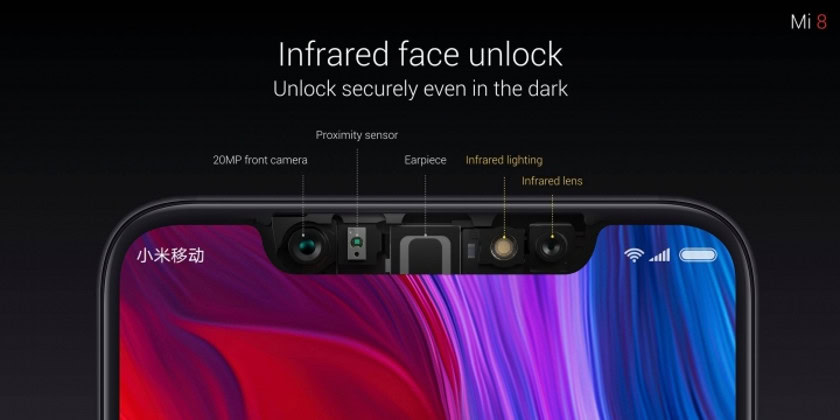
Otherwise, expect a Snapdragon 845 chipset, a 6.21-inch 2,248 x 1,080 AMOLED display (18.7:9 screen ratio), a 3,400mAh battery, 20MP selfie camera, and a 12MP/12MP AI-assisted dual camera setup.
The camera pairing consists of an f/1.8 primary shooter and an f/2.4 telephoto shooter to get those zoomed in pictures. Xiaomi adds that four-axis optical image stabilization is available here, but it’s unclear if the secondary telephoto camera receives the feature too.
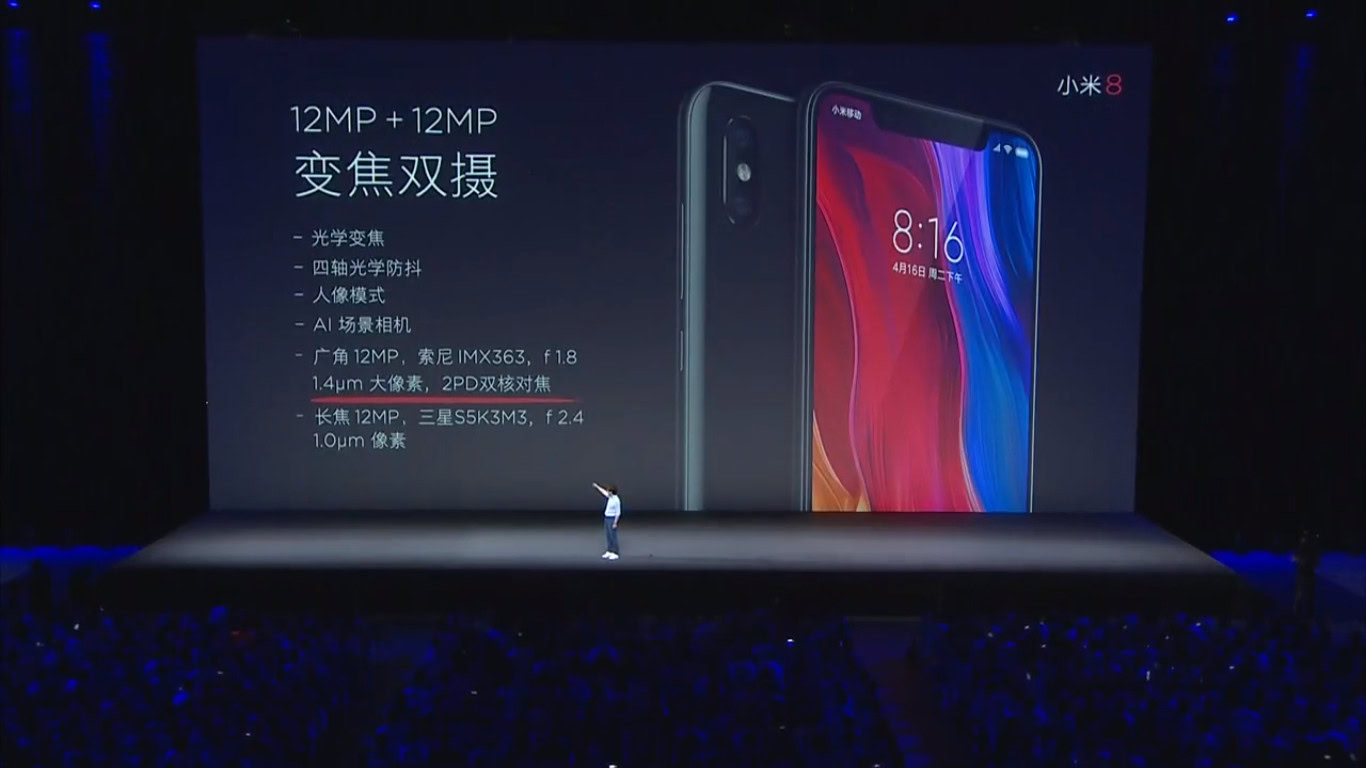
Nevertheless, Xiaomi claimed a DxOMark photo score of 105, beating the iPhone X and Mi Mix 2S‘s 101 score. As for overall DxOMark scores, the company claims a rating of 99 for the Xiaomi Mi 8, besting the Apple device and Mi Mix 2S by two points.
The company has also been touting the Mi 8’s performance prowess in benchmarks, touting an Antutu score of over 301,000 points. Of course, DxOMark and Antutu scores mean nothing if the actual user experience is lacking, so we look forward to getting our hands on the device.
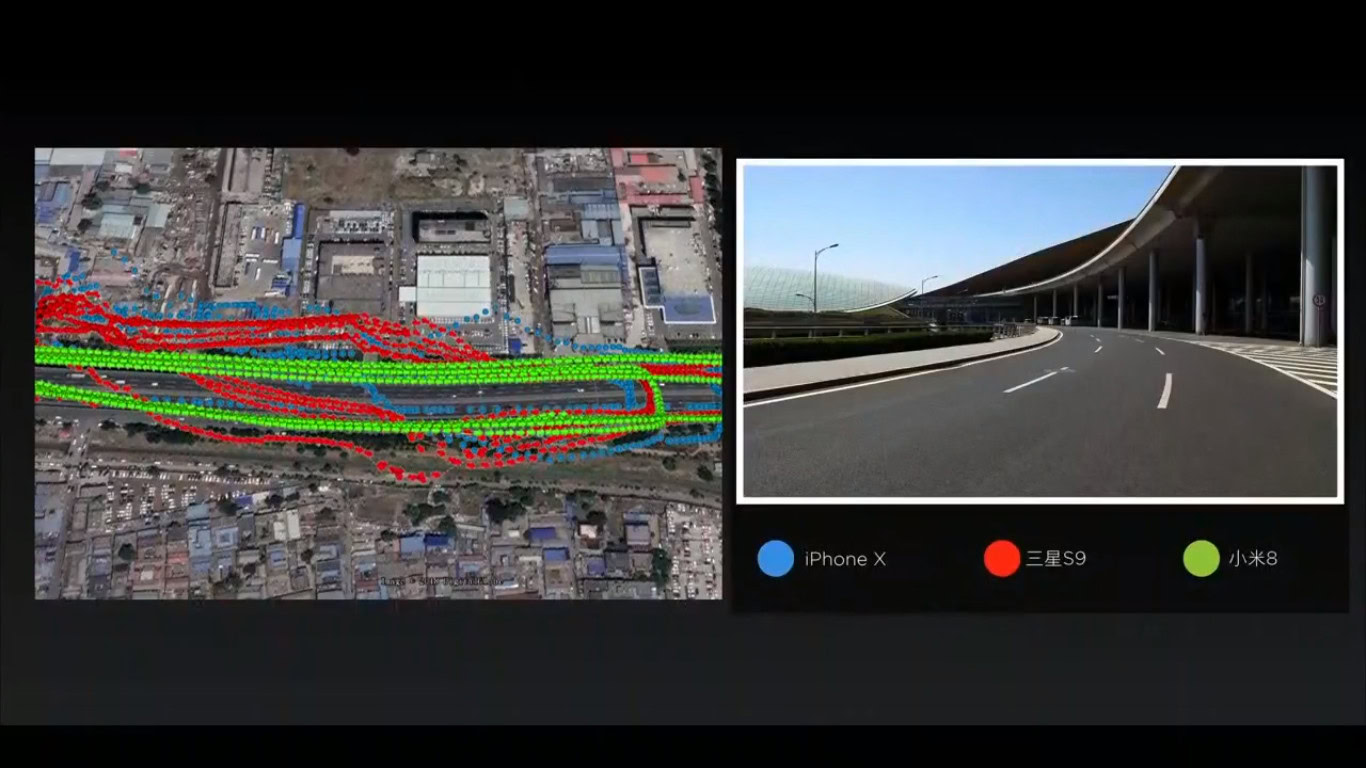
Yesterday, we got confirmation that the Xiaomi Mi 8 would support dual frequency GPS navigation for more accurate tracking. The company confirmed the news at the launch, saying the phone bests Apple and Samsung’s phones for tracking and posting a few comparison images (see above).
What about pricing? Well, the Mi 8 starts off at 2,699 yuan (~$421) for the 6GB RAM/64GB variant. Need a little more storage? Then the 6GB/128GB model has a 2,999 yuan (~$468) price tag, while the 6GB/256GB model will retail for 3,299 yuan (~$515).
A rather fetching top-end Mi 8
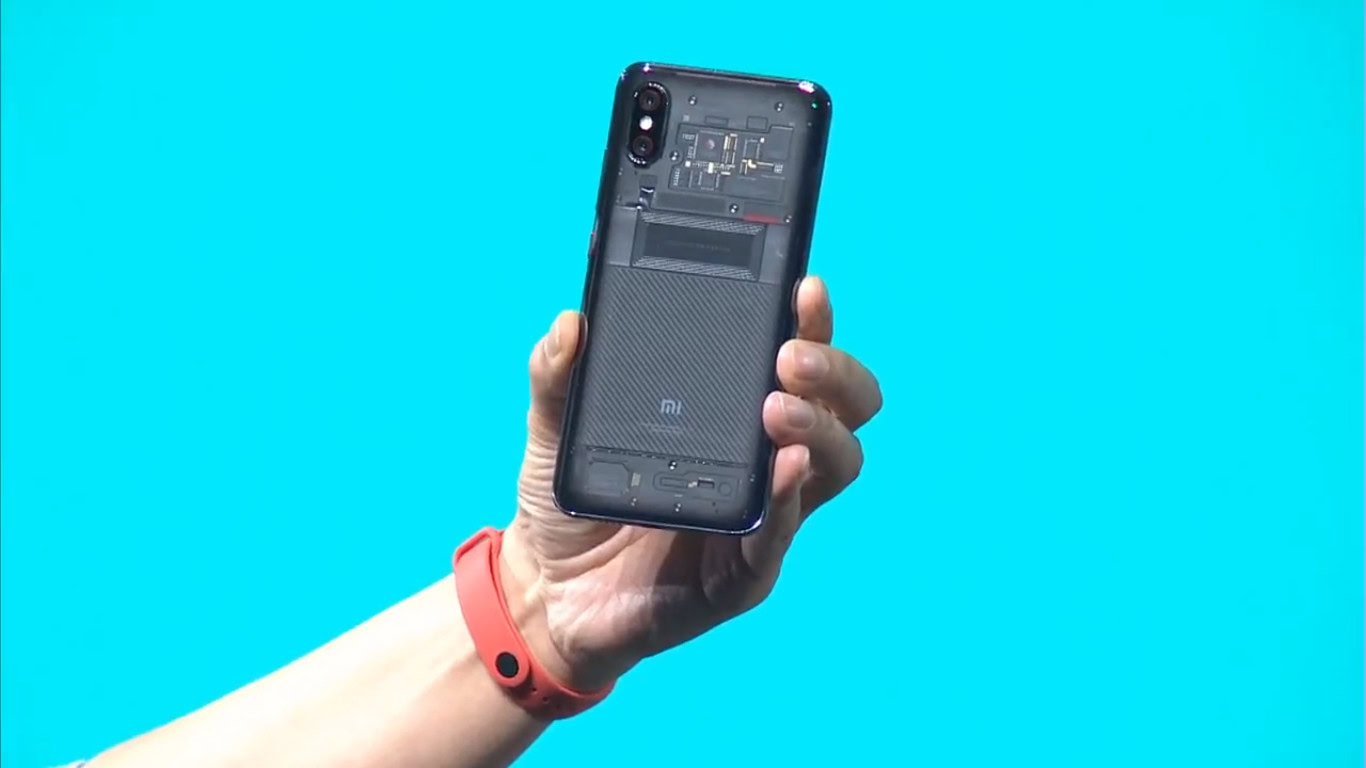
Need a bleeding-edge Xiaomi Mi 8? Then the company has you covered with a special Explorer Edition variant for 3,699 yuan (~$577). This version packs 8GB of RAM, 128GB of storage, a clear back and an under-display fingerprint scanner.
It makes for a lot of extras for the price, although you’re stuck with 128GB of storage compared to 256GB for the 3,299 yuan variant.
Mi 8 SE confirmed with Snapdragon 710
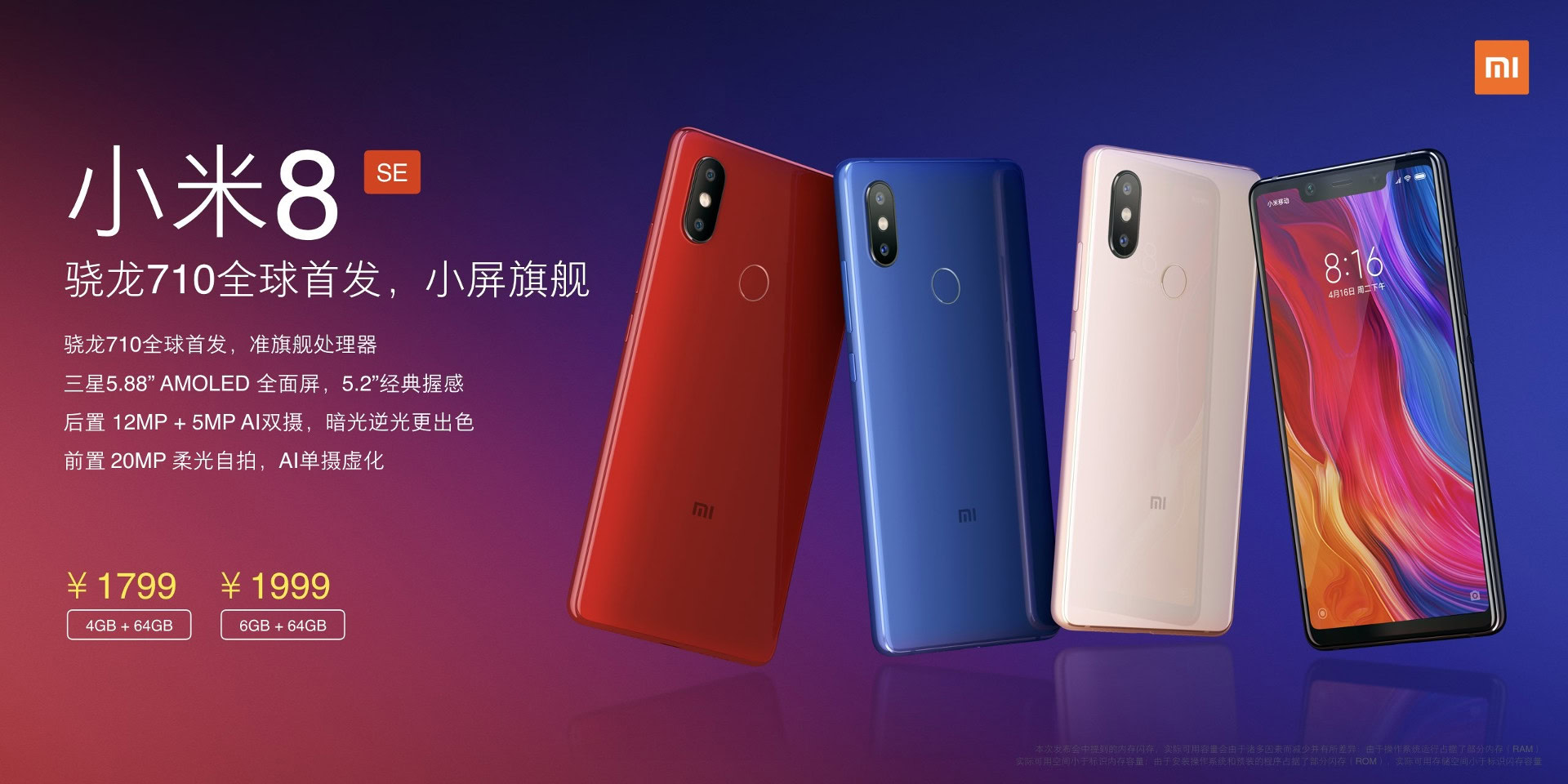
We heard rumors of a Xiaomi Mi 8 SE in recent days, and the company has indeed launched the device today.
It differs from the standard Mi 8 by using a new Snapdragon 710 processor instead of the top-shelf Snapdragon 845 chipset. The new 700 series is being marketed as an upper mid-range family of chips with some flagship features, such as AI capabilities and high-end cores. In the case of the Snapdragon 710, you’re looking at two heavyweight cores and six lightweight cores in an octacore arrangement, along with an Adreno 616 GPU.
The Mi 8 SE has a slightly smaller AMOLED screen (5.88 inches, 2,244 x 1,080, 18.7:9) than the Mi 8, a 12MP/5MP dual camera combo for portraits, a 20MP selfie camera, and a 3,120mAh battery.
The Mi 8 SE has a starting price of 1,799 yuan (~$281) for the 4GB/64GB model and 1,999 yuan (~$312) for the 6GB/64GB variant.
MIUI 10 embraces AI, tall screens
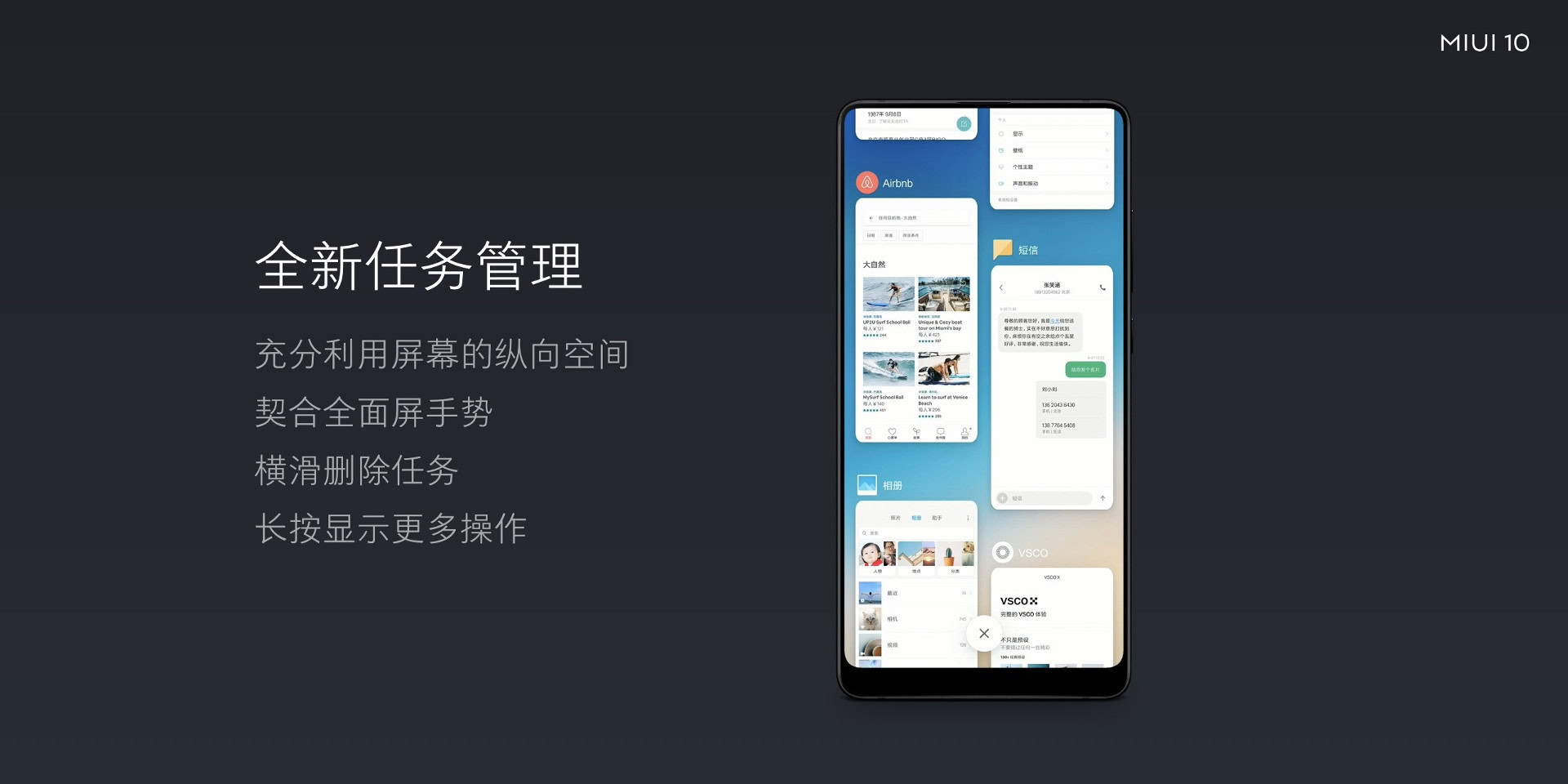
As for MIUI 10? Xiaomi has marketed the update as the “best full screen experience.” The multitasking menu has seen an overhaul, for starters, now scrolling vertically to take advantage of the tall screen ratio of today’s phones. The multitasking menu also allows you to tap and hold on an app to view all options (e.g. close, lock).
Perhaps inspired by the Pixel 2 duo, Xiaomi’s new update also brings a portrait mode to the table, allowing single-camera phones to take portraits as well.
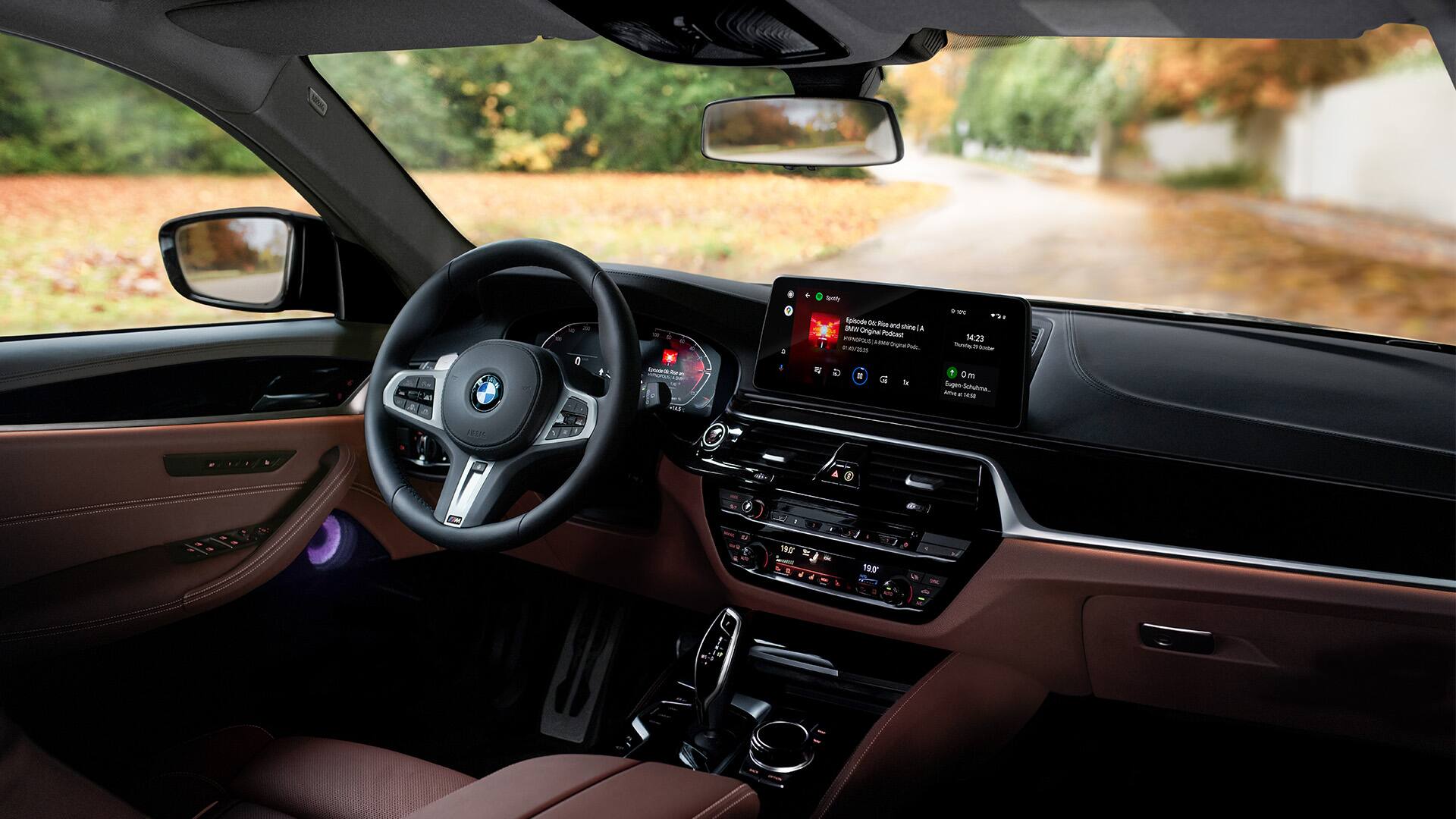
The new update also brings a driving mode to the table, allowing users to give voice commands instead of operating the phone in a conventional manner.
Finally, taking a page from HUAWEI’s book, Xiaomi is marketing MIUI 10 for its AI-enhanced performance management. Much like EMUI 8, the new Xiaomi update is supposed to predict your next move and allocate system resources accordingly.
Mi Band 3 comes in under $30
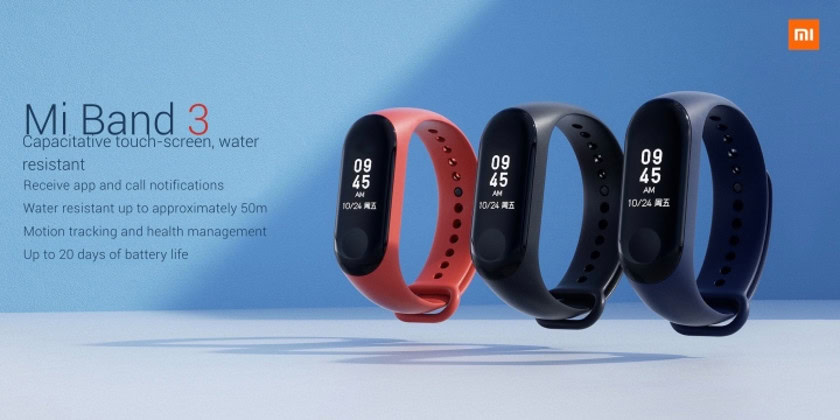
The company’s last major product announcement was the Mi Band 3, which comes in at 169 yuan (~$26). The company has gradually been increasing the price of each Mi Band, but you’re getting some solid upgrades here.
The new wearable features a rounded 0.78-inch OLED screen (128 x 80), a 110mAh battery, water resistance up to roughly 50 meters (a rating of 5ATM), and up to 20 days of endurance. By comparison, the Mi Band 2 had a smaller, lower resolution screen, a 70mAh battery, and IP67 water resistance.
Need some NFC in your life? Then the company has a 199 yuan (~$31) version with the connectivity option. In fact, Xiaomi specifically said the wearable could be used to pay for things like city bus trips.
Impressive growth in Europe and India
Xiaomi co-founder Lei Jun kicked off the event by highlighting the company’s impressive performance in India. He cited IDC statistics, that found Xiaomi beat Samsung to number one in the market.
The executive also touched on the company’s performance in Europe, noting growth of over 999 percent. Of course, Xiaomi wasn’t really officially in Europe until late last year, but the growth is still notable.